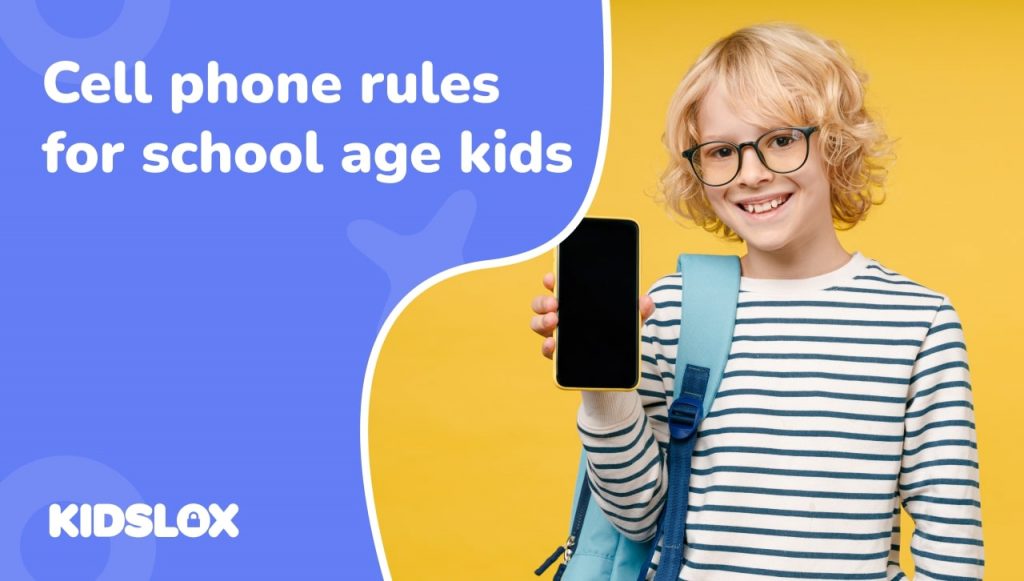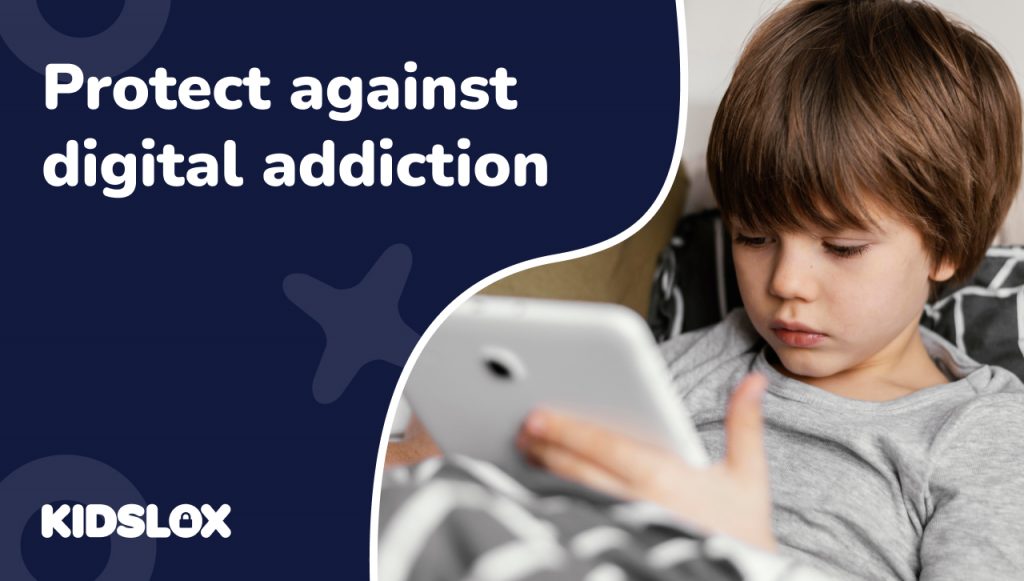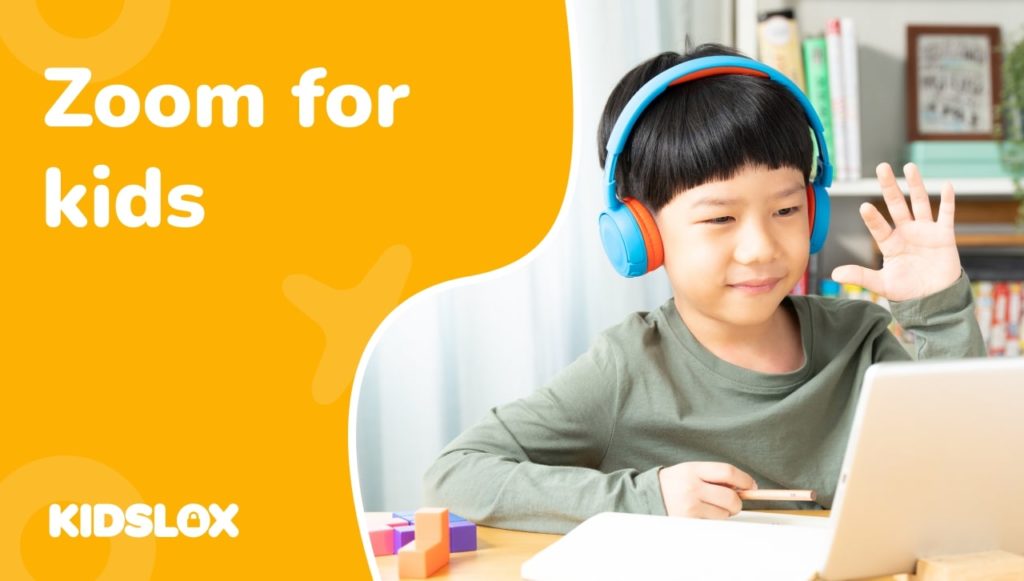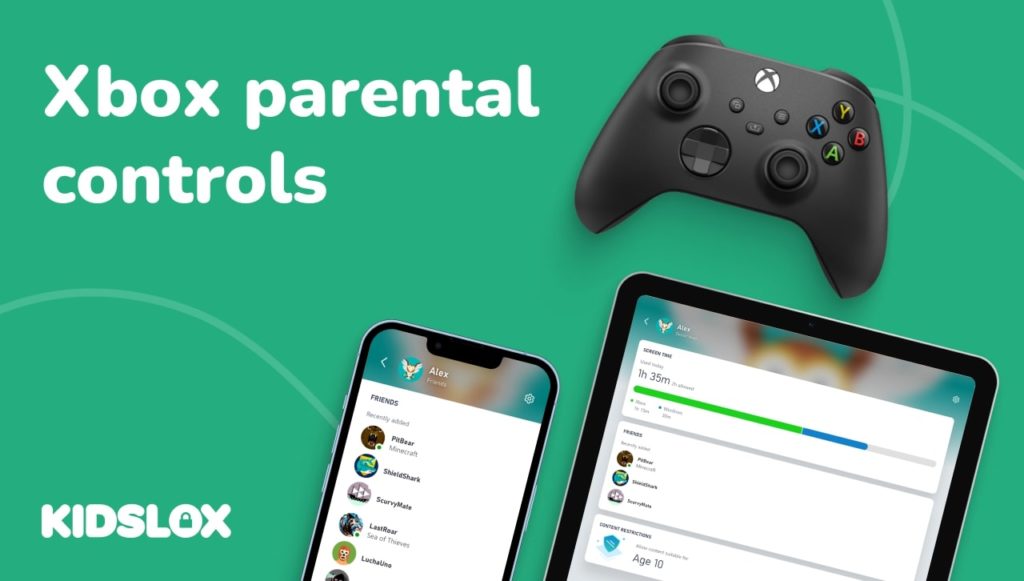The rules you need to consider when giving your 8 – 10 year old a cell phone
Can you imagine spending the day without your phone? So much of our daily lives, from payments to photography is wrapped up in our devices, it’s no wonder that children are wanting – and sometimes needing – cell phones at earlier ages.
More and more parents are faced with the question of when to introduce their elementary and junior school-aged children to the digital world and buy them their first cell phone. While there is no right or wrong answer to this question, many parents choose to give their children cell phones around the ages of 8-10 years old. However, it’s important to establish clear rules and guidelines for cell phone use at this junior age to ensure that children are using this technology safely and responsibly.
One important consideration when creating cell phone rules for 8-10 year olds is the issue of screen time. According to the American Academy of Pediatrics (AAP), children between the ages of 8-10 should not spend more than 1-2 hours per day on screens, including cell phones. It’s important to outline to your child that the primary reason they have a cell phone is to ensure that they have means to contact you and other family members when they need to, and that it is not an unlimited new toy or entertainment resource.
Creating cell phone rules for your 8-10 year old
When it comes to putting the rules together and into action, here’s what we suggest for children of elementary or primary (UK) school age:
Define the schedule
Elementary school, home work and family time always comes first. Speak to your child about the times around these priorities that they can have some cell phone time.
To set this in stone, it’s important to set clear time limits for cell phone use to ensure that children aren’t spending too much time on their devices. Consider setting a daily time limit, such as 30 minutes or an hour, and enforce it consistently. Additionally, it’s important to establish device-free zones where cell phones are not allowed. Examples of device-free zones include during meals, while doing homework, and at bedtime. This helps to promote healthy habits and prevent distractions.
Once you have agreed, put the schedule up somewhere visible in the home so you can refer to it whenever needed.
Set your expectations
At such a young age, it’s important for the younger child to understand that the phone belongs to you, and it’s a privilege that they have earned to be able to use it. Your word is final when it comes to the rules and the privilege can be revoked if the rules aren’t followed. You will need to be very firm and clear with your child about what they can and cannot do with and on their phone.
Teaching responsible phone ownership is also important. Children should understand that the cell phone is their responsibility and they should take care of it appropriately. This includes keeping it charged, not losing it, and following any additional rules or guidelines set by parents. Younger children may need support and reminders of this. Additionally, children should be taught the importance of respecting other people’s property and privacy. They should understand that they should not take or use someone else’s phone without their permission.
Other elements of care and safety to remember are:
- Keep their devices safe (in kid-proof cases, of course).
- Keep their devices turned off during school hours
- Keep track of their devices at all times.
The importance of monitoring
Another important consideration is monitoring children’s cell phone activity. Parents should regularly check their younger child’s phone to monitor activity and ensure that they are using it appropriately. This includes checking messages, social media activity, and downloaded apps. While some parents may feel uncomfortable with the idea of checking their child’s phone, it’s important to remember that this is an important safety measure. You’re essentially opening your child up to a world of possibilities and communication – you wouldn’t let them talk to strangers on the street – it’s no different online.
No downloads without approval
Let your child know that there is an approval-first policy before they download an app or platform. They must not use social media accounts that they’re not old enough to make, or hide things from your knowledge. Walk them through the set up of all new apps to ensure they are private, secure and appropriate.
A list of must-nots!
Setting expectations for online behavior is also crucial. From primary school age, children should be taught how to use their cell phones responsibly and respectfully and become positive digital citizens from this early age. This includes guidelines for interacting with others online, such as not sharing personal information and being kind and respectful in online conversations. It’s important to have open and honest conversations with children about the potential dangers of online interactions, such as cyberbullying and online predators. Parents should also encourage their children to speak up if they witness or experience any form of online harassment or bullying.
Stay present
While cell phones can be a great way to stay connected with friends and family, it’s important to encourage children to also have face-to-face interactions with others. Make sure that cell phone use isn’t replacing social interactions or physical activity. Parents should also consider using cell phones as a tool to facilitate family communication, such as setting up group chats or sending reminders and updates.
Be the role model they need to see!
Finally, it’s important for parents to model responsible cell phone use themselves. We can’t expect our children to have a healthy balance with their device while we sit and scroll for hours. Be honest with your cell phone use, and why not use this as an opportunity to do your own digital detox and form better screen time habits?
Staying safe online
Unfortunately, where children go online, predators follow. It’s crucial that before you hand over a cell phone to your child, that you have an age-appropriate talk about strangers online. Ensure they know never to chat with someone they don’t know in person, never to accept gifts, keep secrets or send images to someone online. Predators will gather in the least obvious of places, so as a parent it’s critical that you keep up to date with which apps your children are downloading and the risks of grooming online.
Using parental controls
It’s tricky to tell children what sites and content they shouldn’t be looking for – it might even invite curiosity to do so. All responsible parents will want to keep their child as far as possible from adult content that isn’t suitable. By using Kidslox you can block and ban keywords and sites to ensure your child is protected from seeing pornography, violent and graphic material and other adult sites.
Parental controls have additional benefits too. You can set limits on apps directly so that the game or social media platform shuts down once time is up. It can set countdowns and warnings and give you direct access on request to look at what your child is seeing on their screen.
With younger children having a location tracking feature enabled is another bonus, so that as they explore their independence you have means to check their whereabouts at all times.
Always be transparent with your child about why and how you parental controls to ensure they are accepted as part of your overall parenting approach.
A big digital milestone for children
Giving your child their first phone around the age of 8-10, in elementary and primary school is a big milestone for the family, and a great opportunity for everyone to hone up their social media and general digital literacy skills. Here are some key takeouts to remember:
– What goes online stays online
Elementary school children are rarely mature, and are likely to do things that are silly and potentially harmful when you’re not paying attention. What seems like a funny picture to send to a friend could end up causing a lot of heartache. Make sure that your child understands that what goes online stays online forever and there can be ramifications way down the line.
– Password protection and security
Get to grips with digital hygiene and teach kids early about changing passwords, keeping their data private and never sharing their location or personal details about their home or school with anyone else online. Always have sight and visibility of your children’s passwords across their apps and emails.
– Cyberbullying
Unfortunately, cyberbullying is a real and constant threat in all children’s lives. Cyberbullying can often be very subtle and hard to prove, so make sure your child understands the nuances of their language, not to target others, and how to recognise bullying behaviors. Cyberbullying is unfortunately a reality in today’s world. Children should be taught what to do if they experience or witness cyberbullying, including reporting it to a trusted adult or authority figure. Additionally, parents should encourage their children to be kind and respectful online, and to think before posting or sending any messages or content.
For more guides on buying cell phones for your children and how to implement rules with kids and teens of all age groups, refer to our guide-to section where you can also discover more digital literacy tips and how-tos for the most popular kids apps and platforms.





